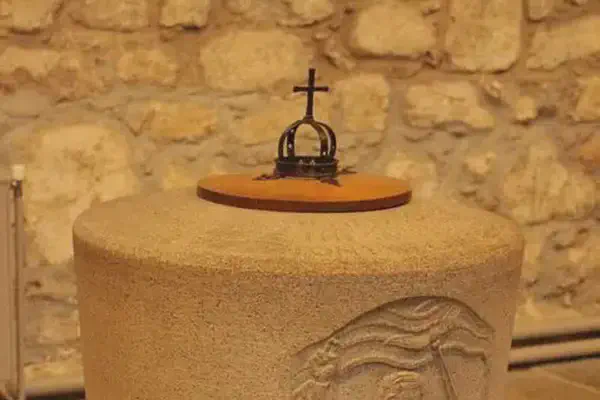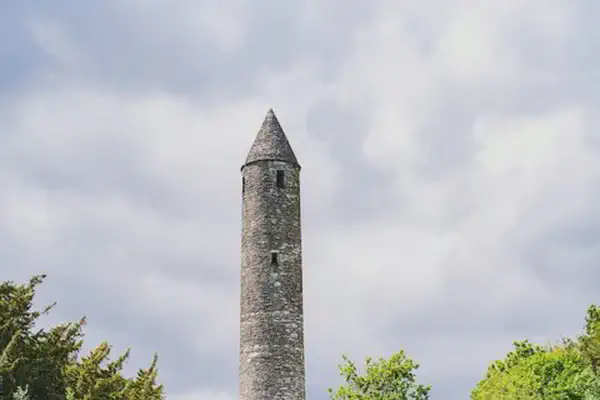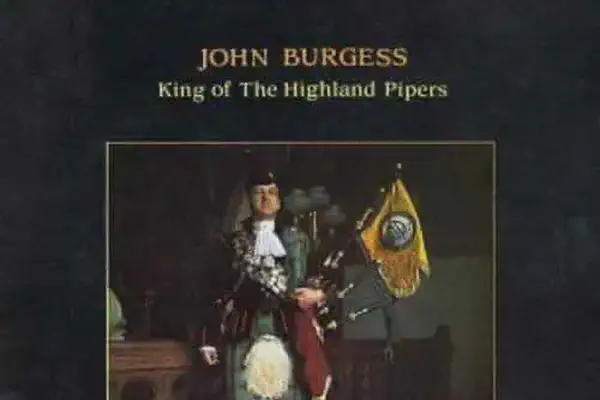On January 16, 1922 in Celtic History
Arthur griffith and his ministers assume seat of government at dublin castle
Arthur Joseph Griffith (31 March 1871 – 12 August 1922) was an Irish writer, newspaper editor and politician who founded the political party Sinn Féin.
He led the Irish delegation at the negotiations that produced the 1921 Anglo-Irish Treaty, and served as the president of Dáil Éireann from January 16, 1922 until his death later on August 12, 1922.
Arthur Griffith and his ministers assuming the seat of government at Dublin Castle is a momentous event in Irish history, marking a significant shift in the country’s political landscape.
This event occurred as part of the transition of power following the Anglo-Irish Treaty of 1921, which ended the Irish War of Independence and established the Irish Free State.
After the election of the Second Dáil in 1921, de Valera resigned on 26 August and was immediately re-elected, adopting the new style of President of the Republic. He then remained in office until January 1922 after the Dáil voted to ratify the Anglo-Irish Treaty.
De Valera had opposed the Treaty, and resigned as president. He submitted his name for re-election but was rejected by the Dáil, which then elected Arthur Griffith on 10 January 1922, who supported the treaty, under the previous style and title of President of Dáil Éireann.
President of Dáil Éireann
The president of Dáil Éireann, later also president of the Irish Republic, was the leader of the revolutionary Irish Republic of 1919–1922.
The office was created in the Dáil Constitution adopted by Dáil Éireann, the parliament of the Republic, at its first meeting in January 1919. This provided that the president was elected by the Dáil as head of a cabinet called the Ministry of Dáil Éireann.
During this period, Ireland was deemed part of the United Kingdom of Great Britain and Ireland in international law, but the Irish Republic had made a unilateral Declaration of Independence on 21 January 1919.
On 6 December 1922, after the ratification of the Anglo-Irish Treaty, the Irish Free State was recognised as a sovereign state, and the position of the President of Dáil Éireann was replaced by that of President of the Executive Council of the Irish Free State but, as a Dominion of the British Empire, King George V was head of state.
End of British Rule
The transfer of power at Dublin Castle symbolized the end of centuries of British rule in Ireland. Dublin Castle had been the seat of British administration in Ireland, and its handover to Irish leaders was a highly symbolic act.
A Founder of Sinn Féin
Griffith was arrested following the Easter Rising of 1916, despite not having taken any part in it. On his release, he worked to build up Sinn Féin, which won a string of by-election victories.
Arthur Griffith became a key figure in the Irish independence movement. As the founder of Sinn Féin and a signatory of the Anglo-Irish Treaty, Griffith played a crucial role in the negotiations that led to the establishment of the Irish Free State.
Formation of the Irish Government
Griffith and his ministers taking control of Dublin Castle represented the establishment of an indigenous Irish government. This was a substantial step towards self-governance and the realization of a long-sought goal of Irish nationalists.
Significance of Dublin Castle
Dublin Castle had been a potent symbol of British authority in Ireland. The transition of power at this location was not only practical but also deeply symbolic, representing the shift from colonial rule to Irish self-determination.
Public Reaction
The event would have elicited strong reactions from the public, ranging from joy and celebration among supporters of the treaty to dissent and anger from those opposed to it, particularly those who felt the treaty did not go far enough in achieving full independence for Ireland.
Division within Irish Ranks
The Anglo-Irish Treaty and events like the takeover of Dublin Castle created divisions within Irish nationalist ranks, leading to the Irish Civil War (1922-1923). While some viewed these developments as a pragmatic step towards full independence, others saw it as a betrayal of the Irish Republic declared in 1916.
Related Content

Shane Patrick Lysaght MacGowan, lead singer of the Pogues, died

St Machar Day, patron saint of Aberdeen

Oíche Shamhna - Cetlic New Year Eve (Halloween)

ALBAN ELFED (Welsh Bardic name for autumn equinox)

Feast day of St. James

John Davie Burgess, King of the Highland Pipers, died at age 71.